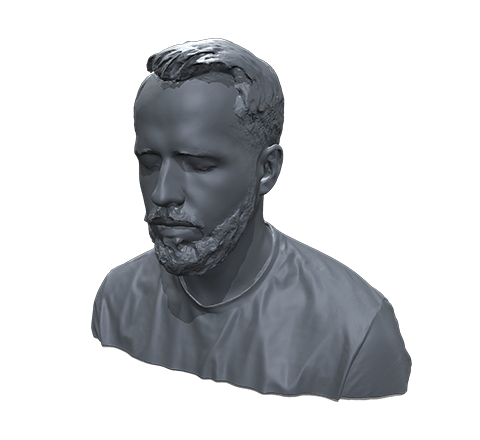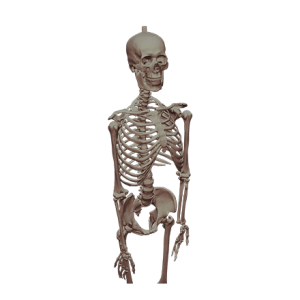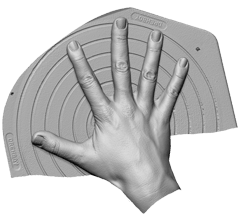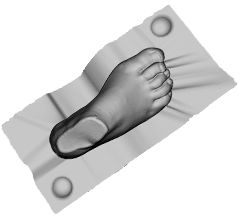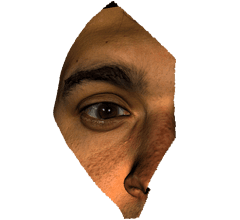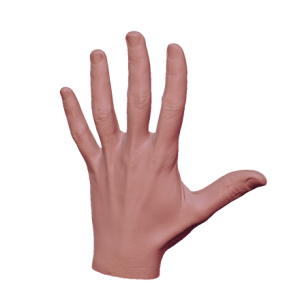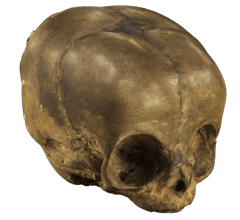Description
In certain markets, quality hair is in high demand. Wigs aside, if you’re making a digital double for movie special effects, a character for a video game or a VR/AR application, or a 3D printed figurine for someone who’d like to have a personalized keepsake, you’ll probably need a quick head scan that won’t regress into hours and hours of meticulous hair modeling afterwards.
The problem with hair is that unless you have a Dwayne Johnson/Anna Wintour not-a-hair-outta-place coiffure, your hairstyle most likely features strands, locks, or curls that tend to jut at least somewhat out of the main frame. And those protuberances may be very thin, literally down to a hair’s breadth! That’s where your 3D scanner should brace itself for an endeavor that may either earn it a pat on the back or a week of grounding. The outcome of your scanning project depends on one key factor: the scanner’s resolution. The greater it is, the more detail can be captured and reconstructed in the final realistic human 3D model. And it better be truly realistic! Otherwise, would the juice be worth the squeeze?
With hair (and other tricky surfaces) in mind, Artec software developers worked their fingers to the bone to max out the resolution of Artec’s most popular body scanners, Eva and Leo down to an astounding 0.2 mm. To show off the results, the furriest guy around was scanned with Leo. вАЬNo smoothing out those bangs!вАЭ was the motto of that scanning and processing session. The comb-over & fade along with the boxed beard were faithfully recreated in myriads of submillimeter-accurate polygons and packed into a 3D model file in .stl format ready for CGI use.
Hair, however, was not the only enthralling chapter in that story. The icing on the cake: A series of tests clearly showed that a lower resolution makes the skin appear grainy, and a sharper resolution gives it a polished, healthier, and ultimately younger look – all the more reason to switch to the HD reconstruction mode now available for Eva and Leo 3D scanners!

